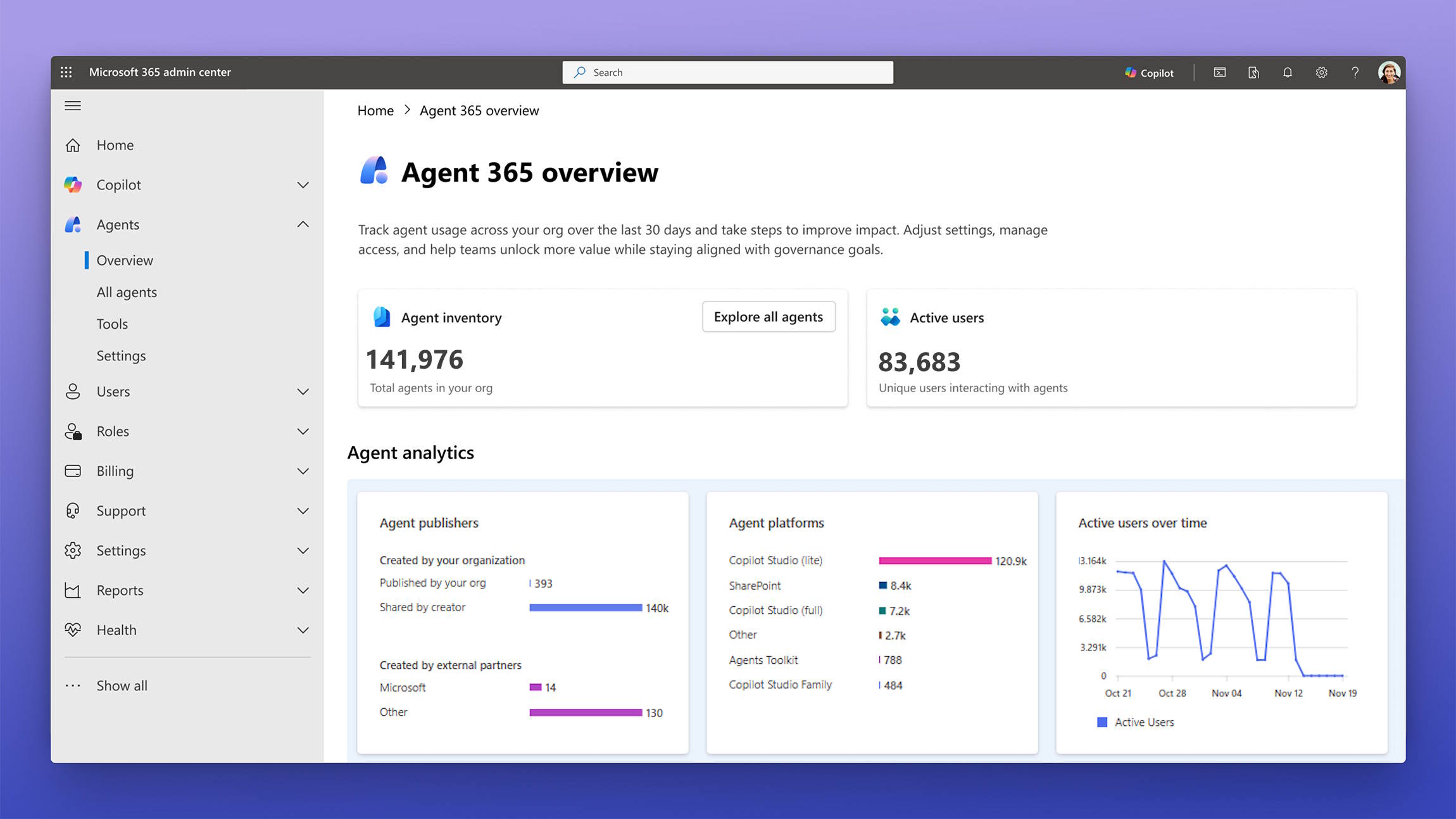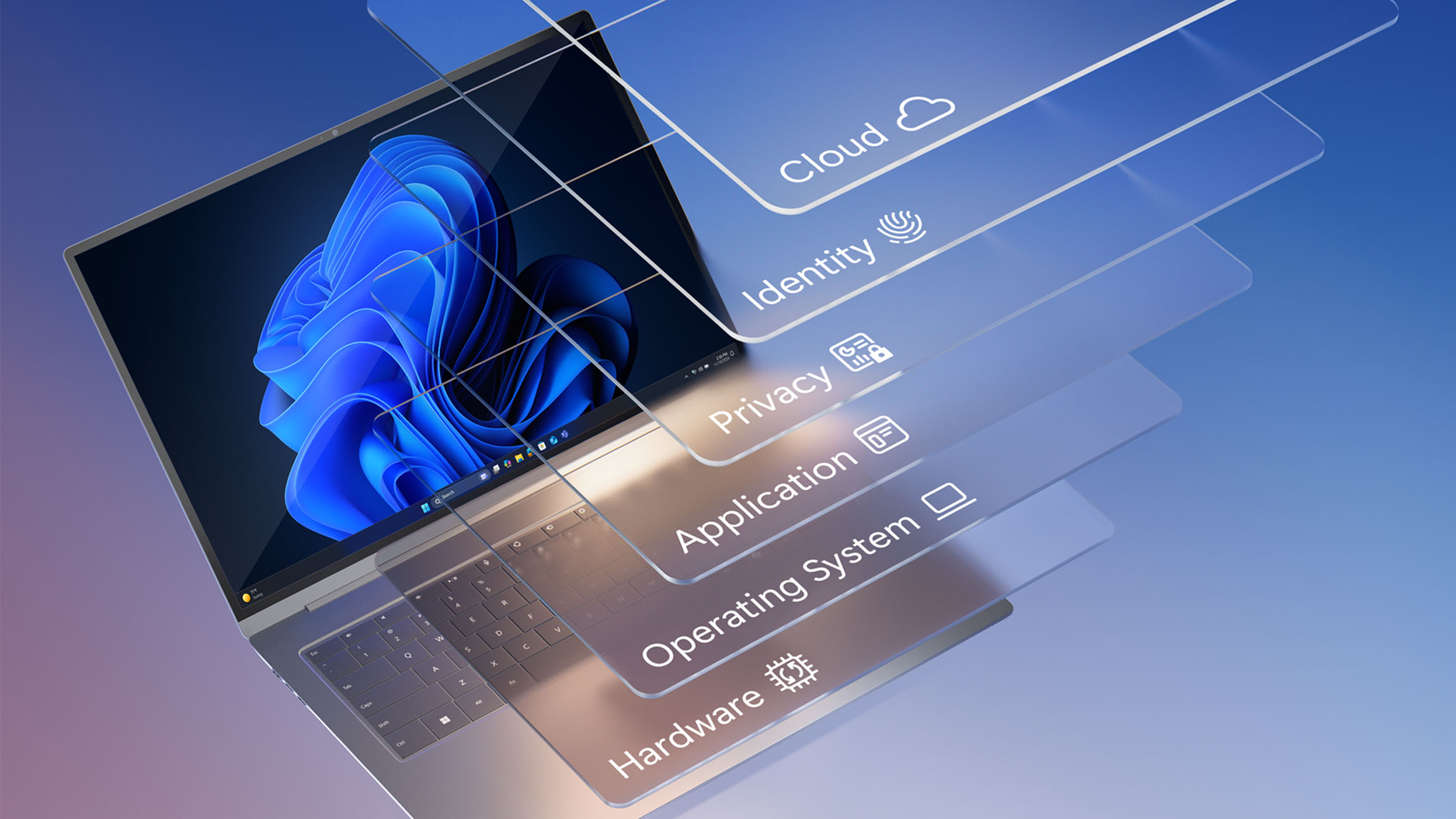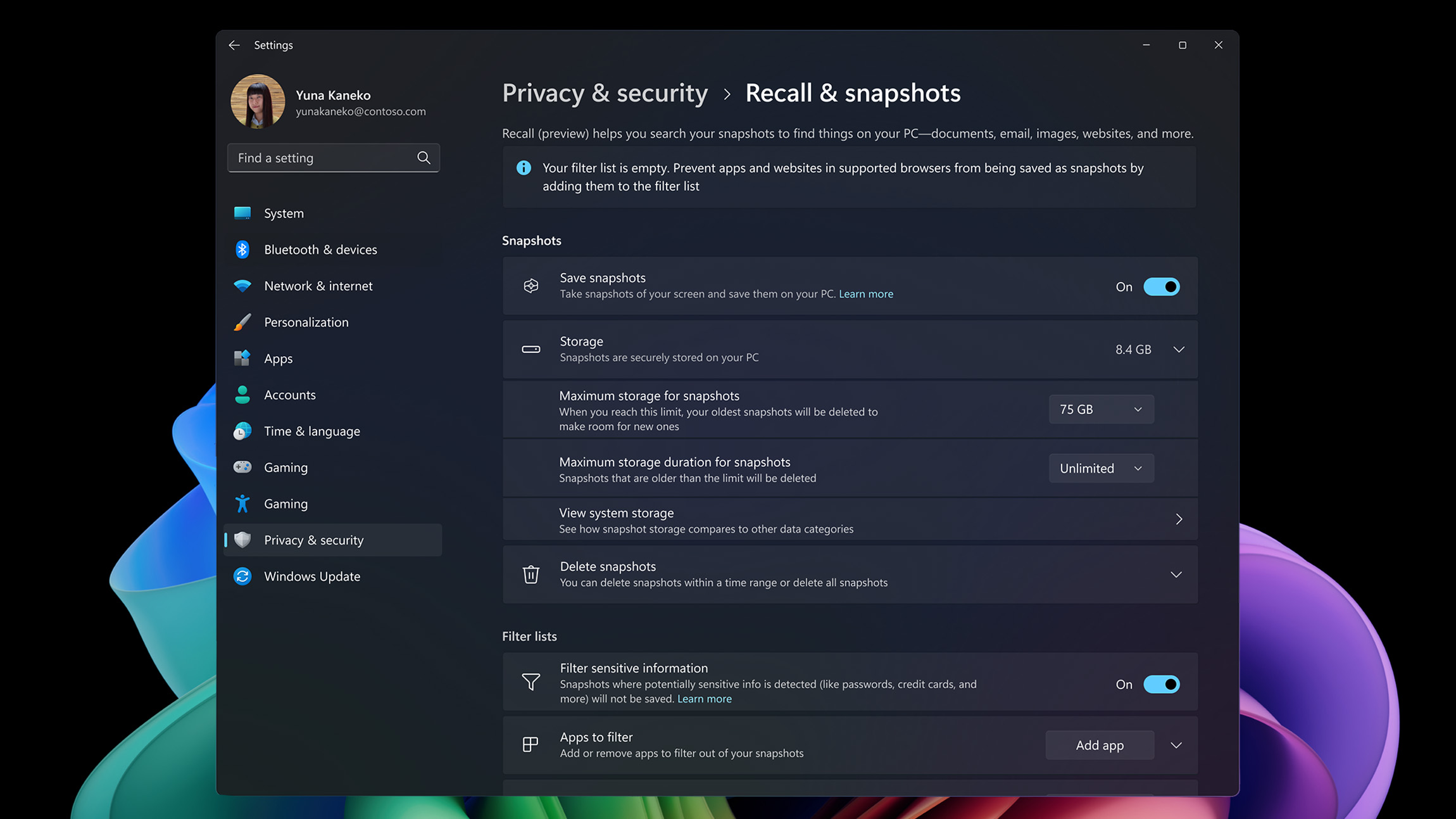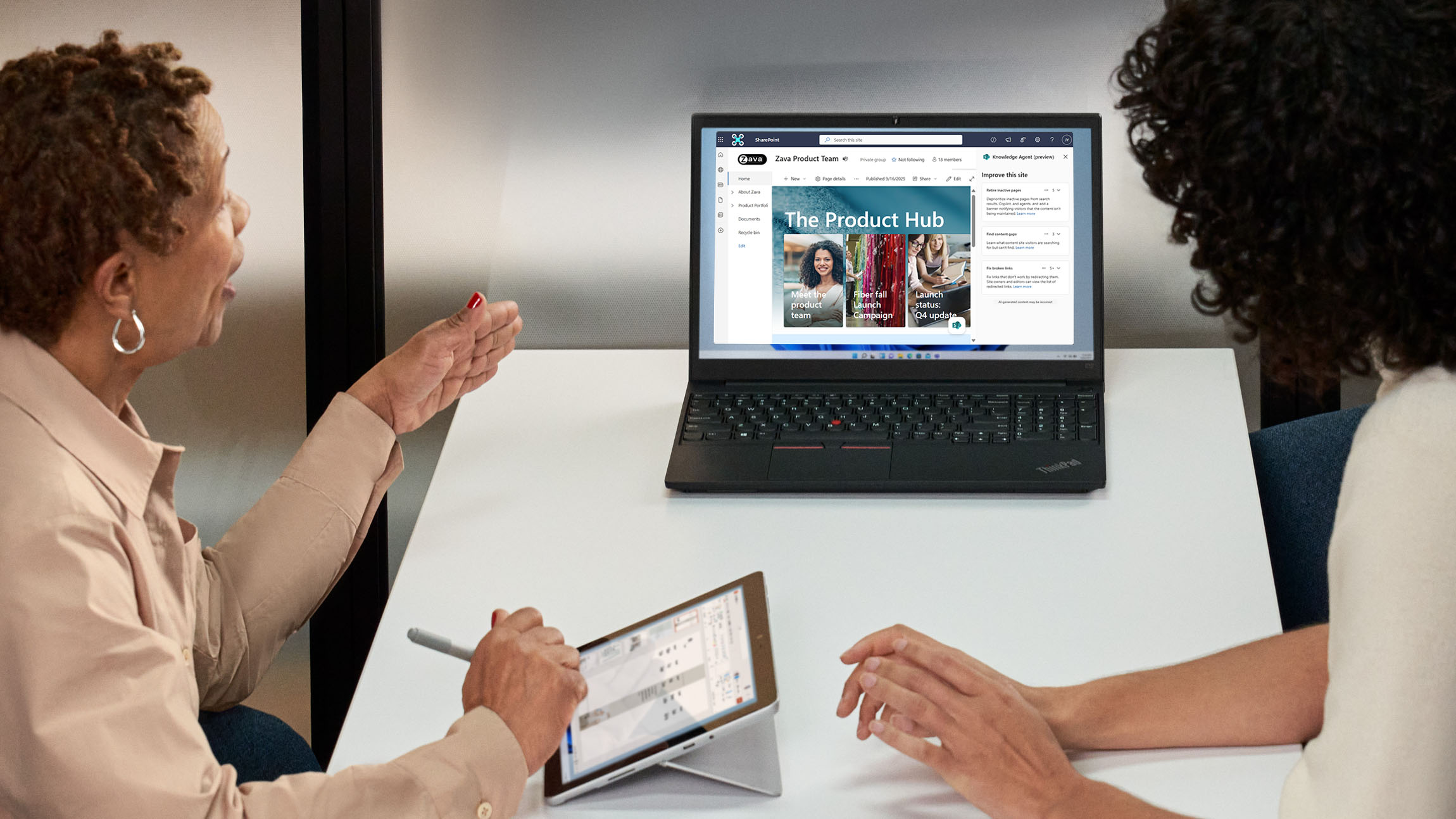Featured
Recent posts
-

|
Powering our Microsoft 365 Copilot adoption with gamification
When it comes to powering Microsoft 365 Copilot adoption rates internally here at Microsoft, it’s game on. Literally. We were the first enterprise to fully deploy Copilot in 2024, and now, not two years later,…
-

|
Deploying Microsoft 365 Copilot in Viva Engage at Microsoft
Microsoft Viva Engage is a critical tool for communicating with our employees internally here at Microsoft. It’s where our employees go to have two-way dialogue, our leaders use it to engage with their teams, and…
-

|
Becoming a Frontier Firm: Our IT playbook for the AI era
Microsoft Digital, the company’s IT team, is rapidly transforming into a Frontier IT Firm—an organization fundamentally restructured for the AI era, where AI-agents are digital colleagues rather than peripheral tools. “Agents are the most significant…
-

|
Deploying Microsoft Agent 365: How we’re extending our infrastructure to manage agents at Microsoft
The number and sophistication of agents that our employees are building here at Microsoft is growing rapidly. To help us and all enterprises respond to this new opportunity, the company just announced Microsoft Agent 365…
-

|
Moving from a ‘Scream Test’ to holistic lifecycle management: How we manage our Azure services at Microsoft
Nearly a decade ago, as we began our journey from relying on on-premises physical computing infrastructure to being a cloud-first organization, our engineers came up with a simple but effective technique to see if a…
-

|
Hardening our digital defenses with Microsoft Baseline Security Mode
Security isn’t just a feature—it’s a foundation. As threats grow more varied, widespread, and sophisticated, enterprises need to rethink how they protect their environments. That’s why we, in Microsoft Digital, the company’s IT organization, took…
-

|
Accelerating workplace productivity at Microsoft with Windows Recall
Have you ever struggled to find an important document or photo? Forgotten which app a colleague shared an important data point with you on? Browsed a website but forgot to bookmark it? Engage with our…
-

|
Supercharging our enterprise with Windows 11 and AI PCs
AI is no longer a buzzword—it’s the engine driving a new era of productivity, security, and personalization. And Windows 11 and AI PCs are at the center of it. Engage with our experts! Customers or…
-

|
Powering agentic AI adoption at Microsoft: Our ‘Customer Zero’ story
At Microsoft, we are enabling our employees, teams, and organizations to build AI agents to help them complete important tasks—from individual employees in the personal productivity tenant all the way to enterprise-wide agents that are…
-

|
The agentic future: How we’re becoming an AI-first frontier firm at Microsoft
The rate of change for AI tools and technology continues to accelerate, and new opportunities to reimagine business processes and employees’ day-to-day work are emerging. Agents are the force driving this evolution forward. Agents are…
-

|
Reimagining campus support at Microsoft with the Employee Self-Service Agent
Julie is a typical Microsoft employee, one who commutes to her office, parks in a garage, orders meals from the cafeteria, finds her way to and around different buildings, hosts visitors, and occasionally must deal…
-

|
Accelerating employee services at Microsoft with the Employee Self-Service Agent
Microsoft is a huge and complex organization, with more than 200,000 full-time employees working in hundreds of locations around the world. Engage with our experts! Customers or Microsoft account team representatives from Fortune 500 companies…
Popular tags
Archives
- January 2026 (2)
- December 2025 (3)
- November 2025 (9)
- October 2025 (9)
- September 2025 (8)
- August 2025 (7)
- July 2025 (6)
- June 2025 (10)
- May 2025 (19)
- April 2025 (16)
- March 2025 (4)
- February 2025 (15)
- January 2025 (17)
- December 2024 (7)
- November 2024 (1)
- October 2024 (8)
- September 2024 (7)
- August 2024 (4)
- July 2024 (2)
- June 2024 (9)
- May 2024 (7)
- April 2024 (5)
- March 2024 (15)
- February 2024 (12)
- January 2024 (9)
- December 2023 (8)
- November 2023 (8)
- October 2023 (11)
- September 2023 (9)
- August 2023 (10)
- July 2023 (7)
- June 2023 (9)
- May 2023 (3)
- April 2023 (4)
- March 2023 (4)
- February 2023 (1)
- January 2023 (2)
- December 2022 (5)
- November 2022 (2)
- October 2022 (3)
- September 2022 (1)
- August 2022 (3)
- July 2022 (1)
- June 2022 (3)
- May 2022 (2)
- April 2022 (7)
- March 2022 (1)
- February 2022 (1)
- December 2021 (4)
- November 2021 (1)
- October 2021 (6)
- August 2021 (1)
- July 2021 (2)
- June 2021 (5)
- May 2021 (6)
- April 2021 (4)
- March 2021 (2)
- February 2021 (5)
- January 2021 (5)
- December 2020 (8)



